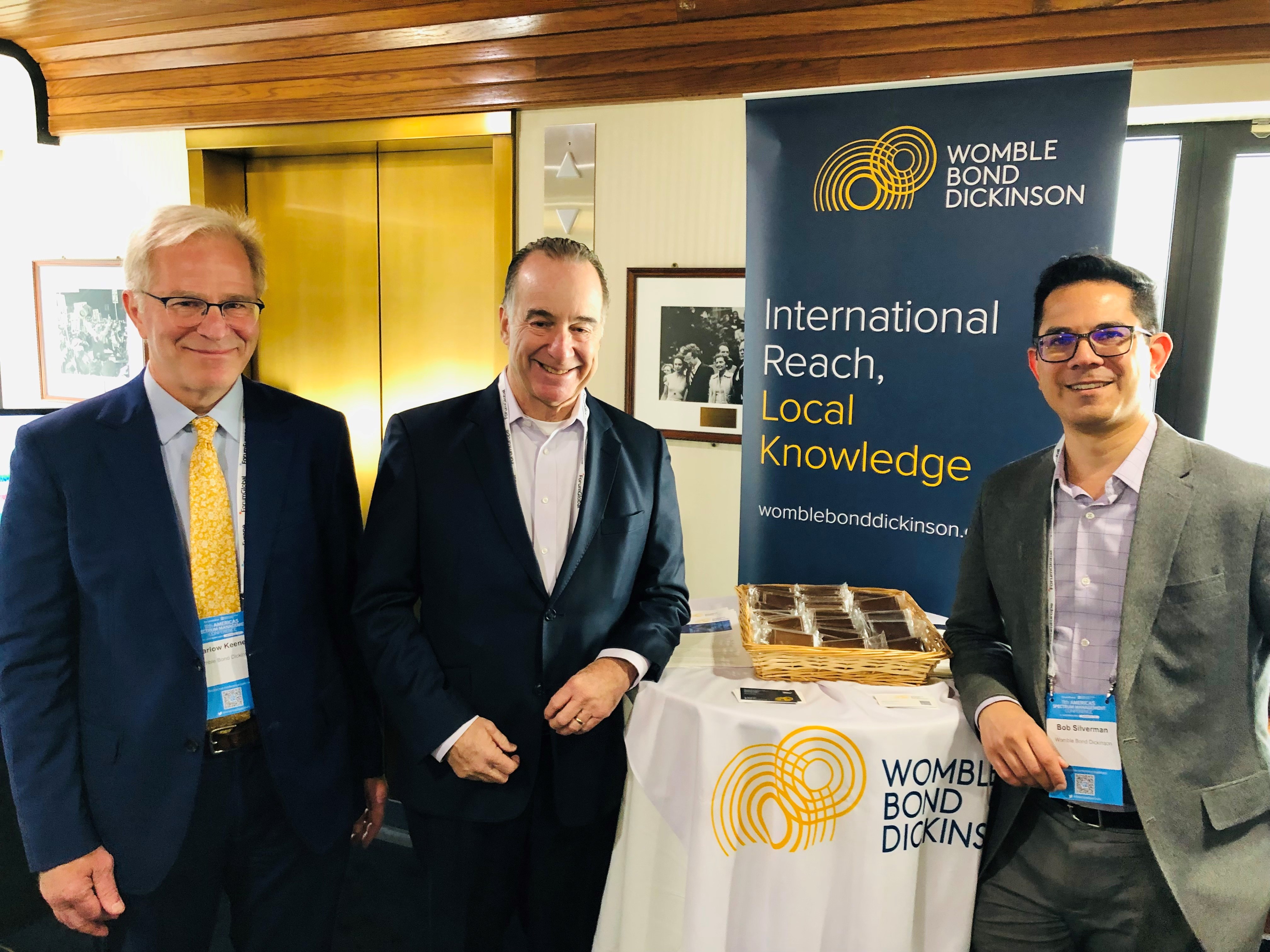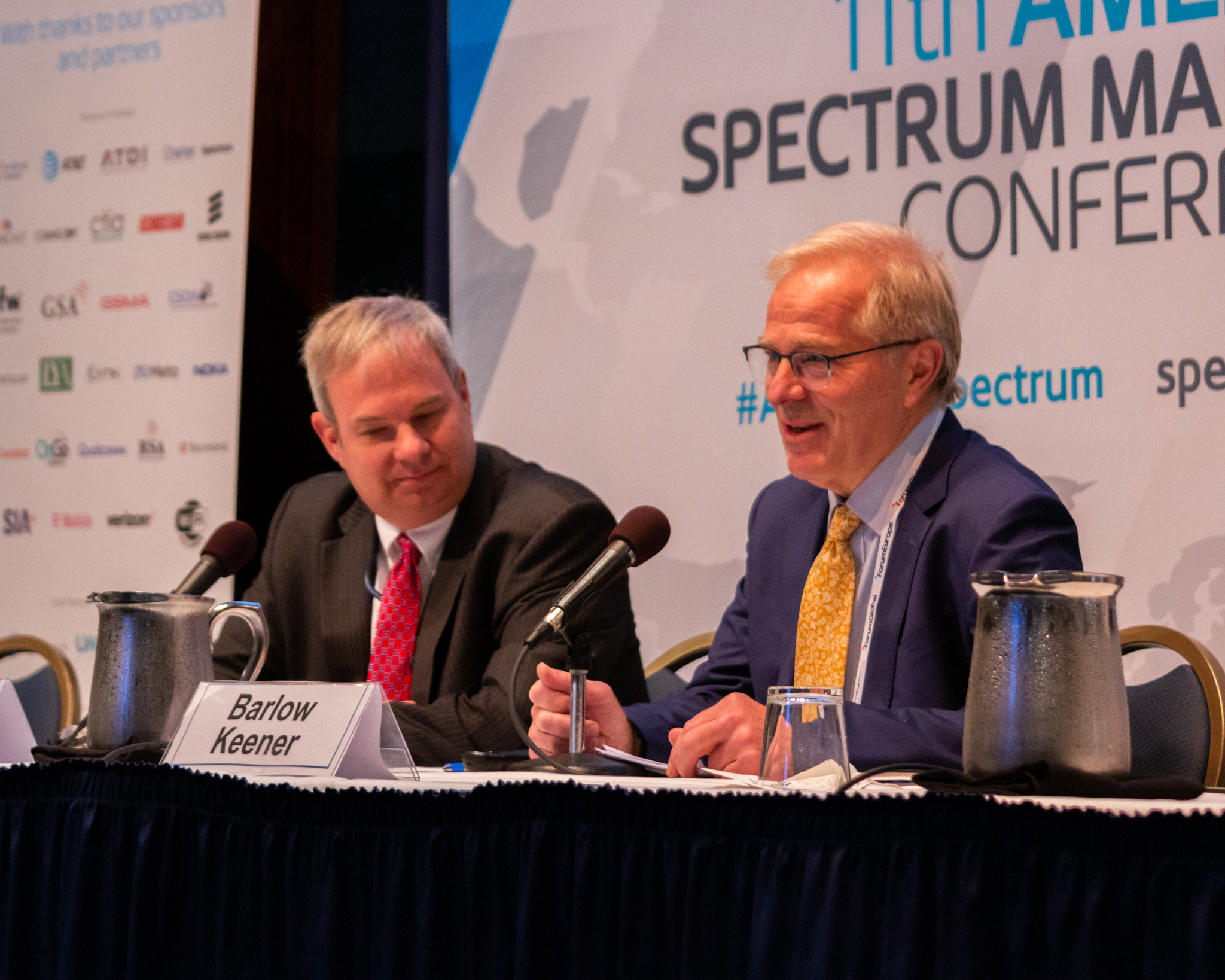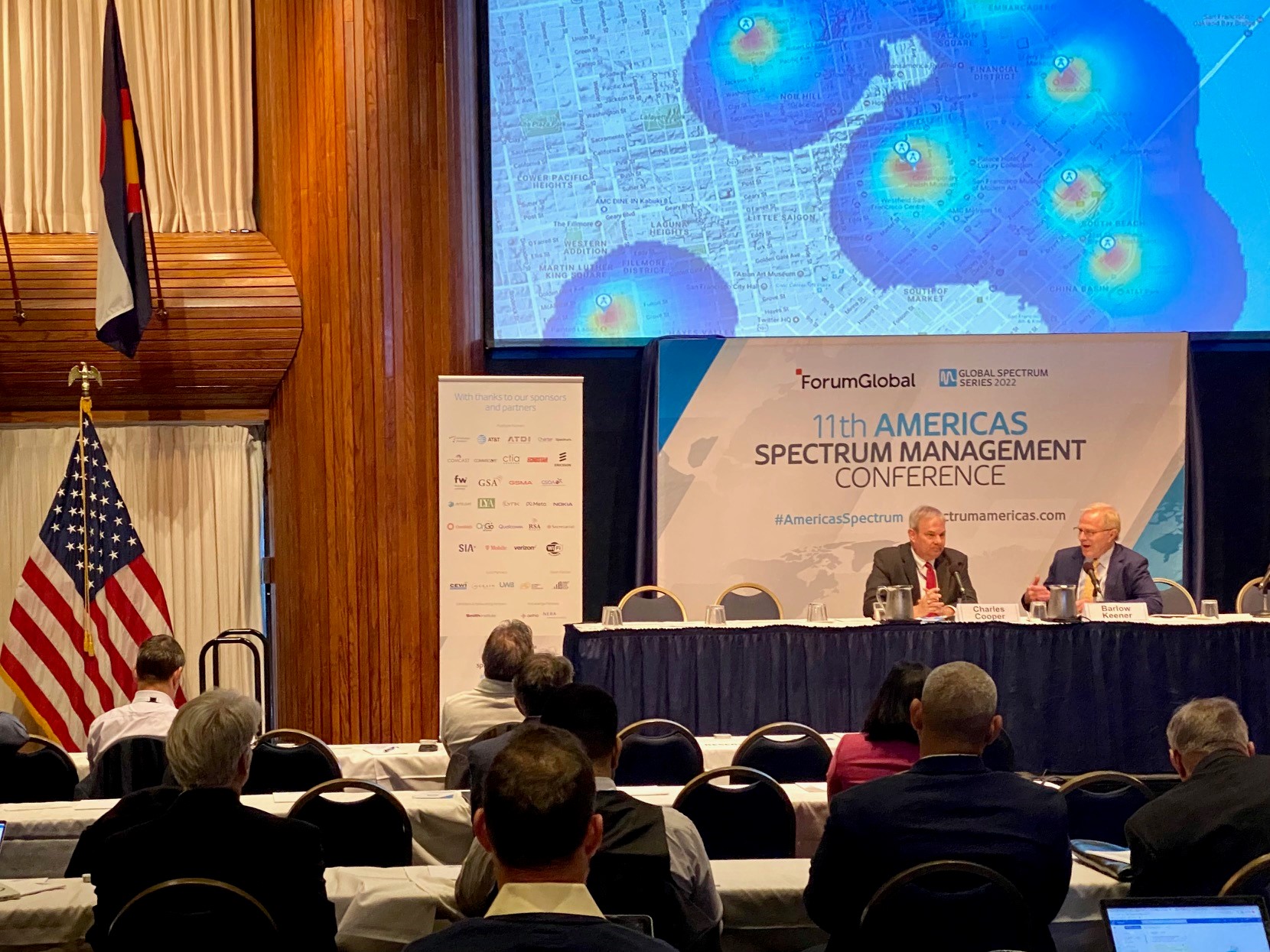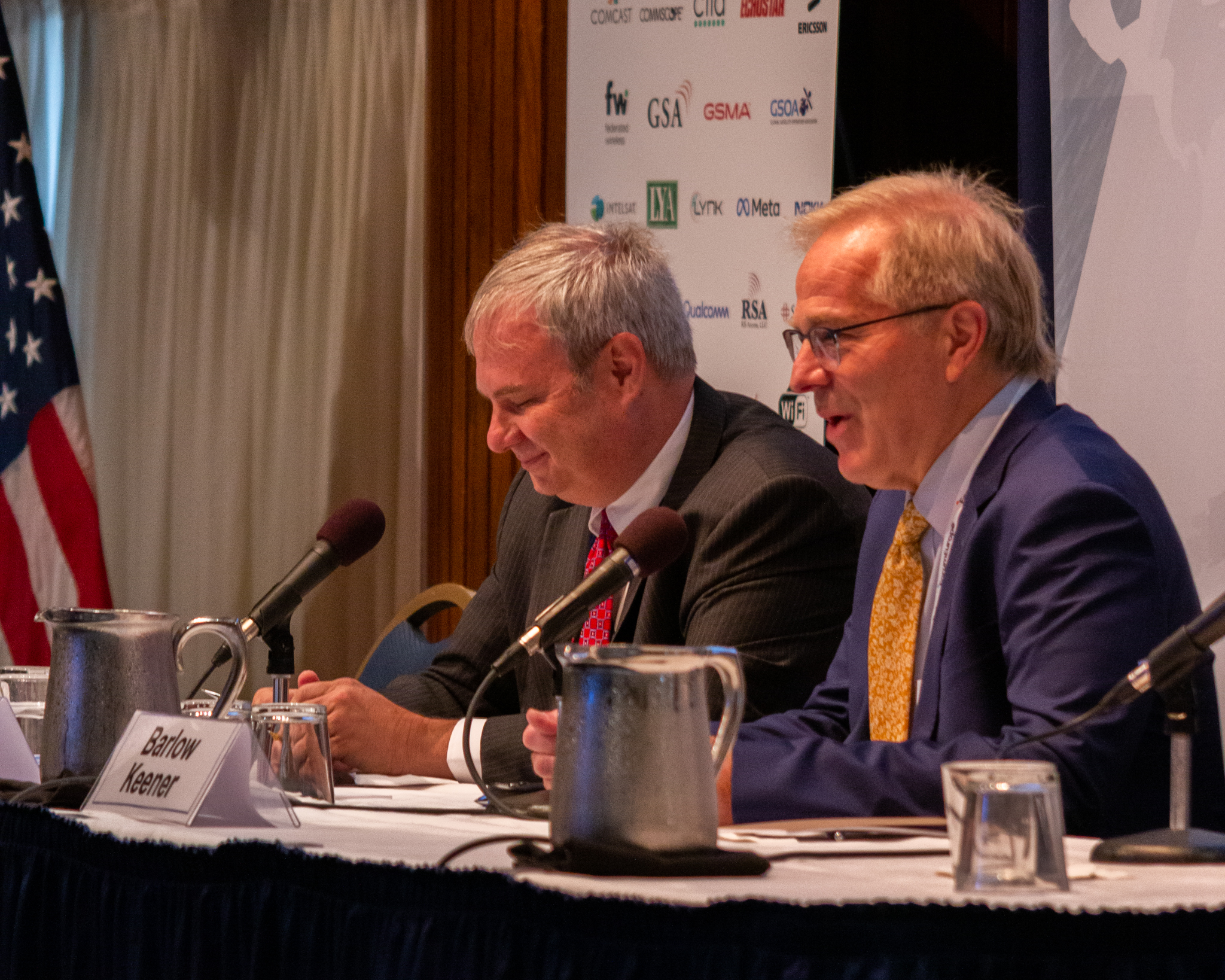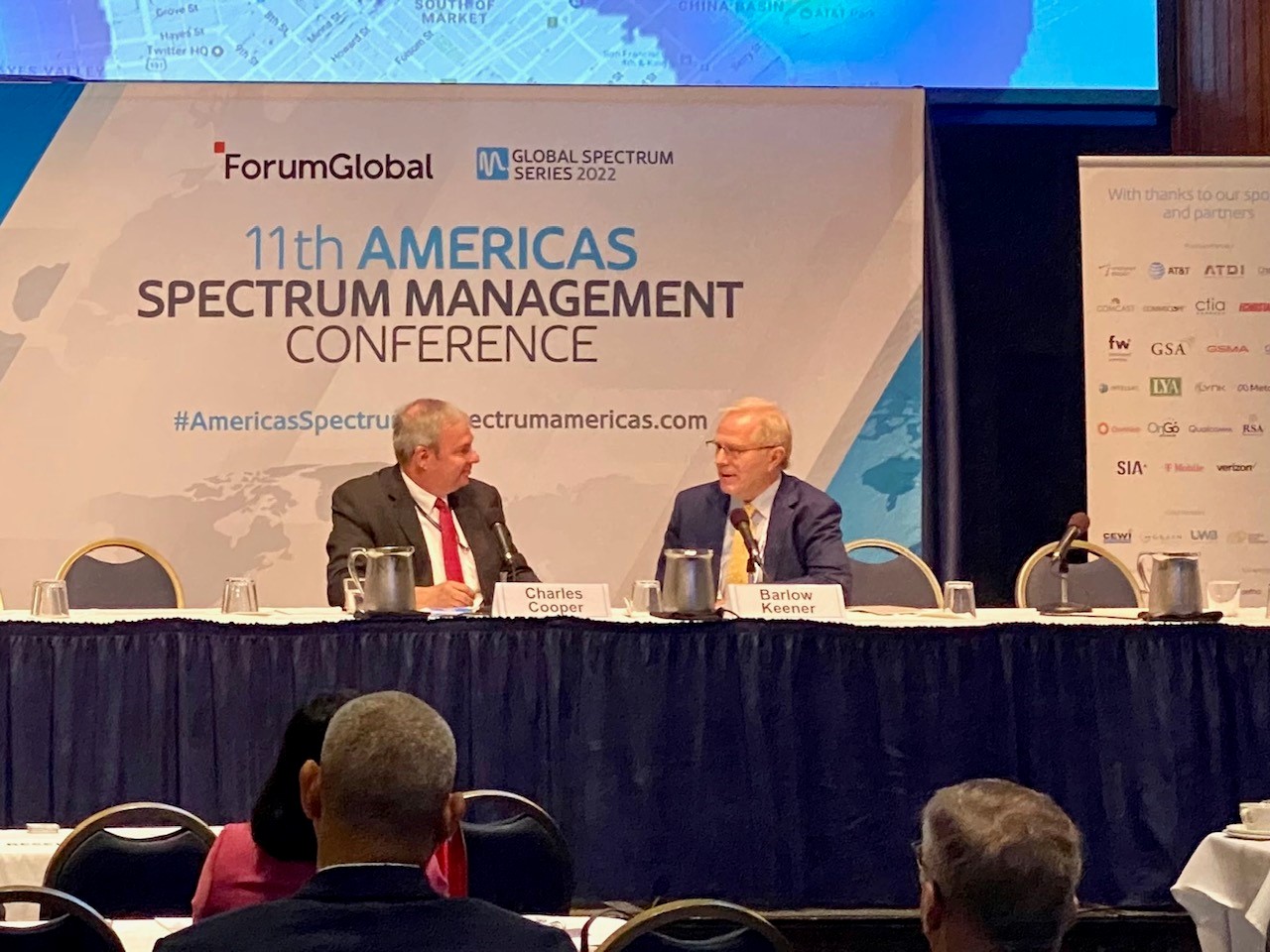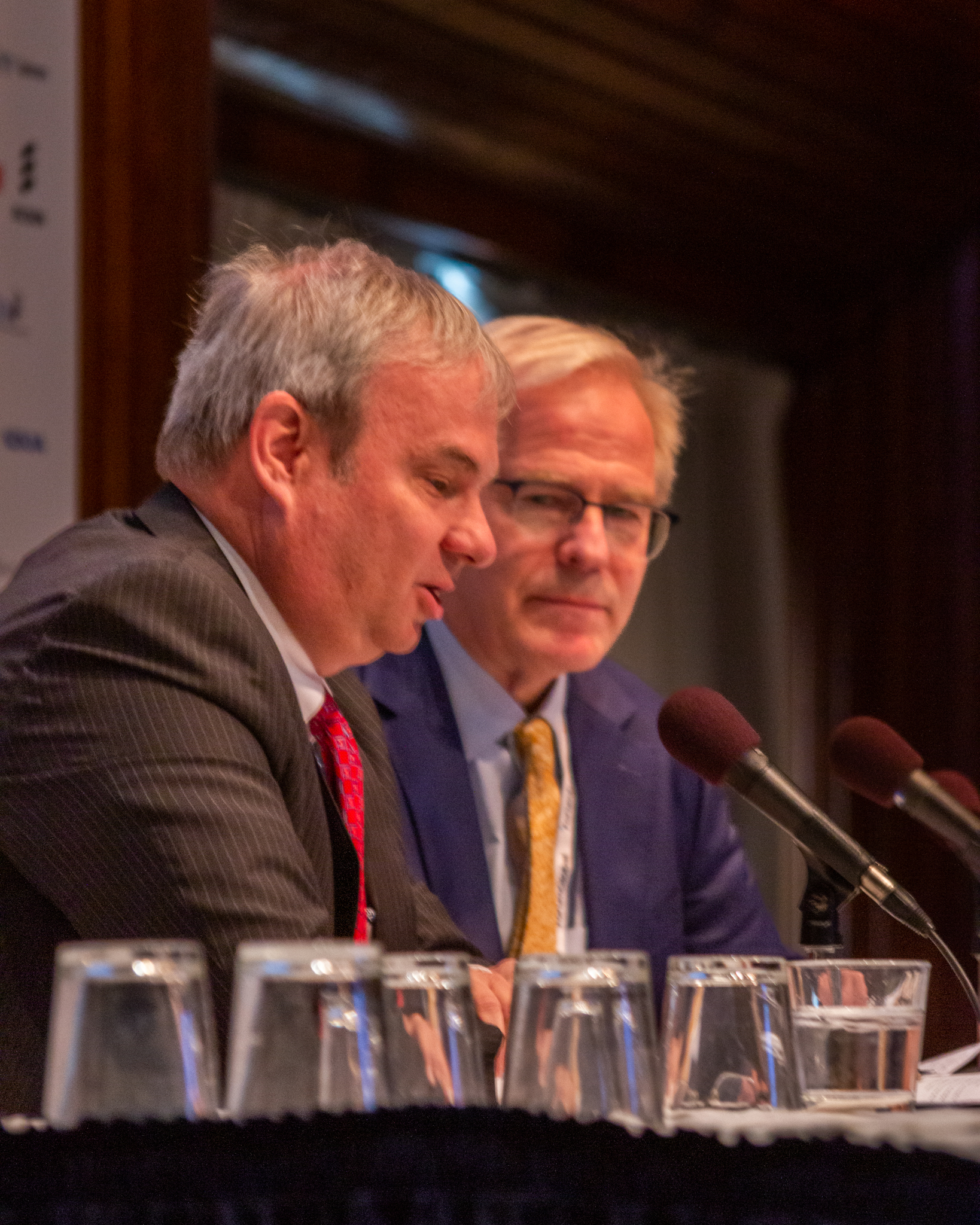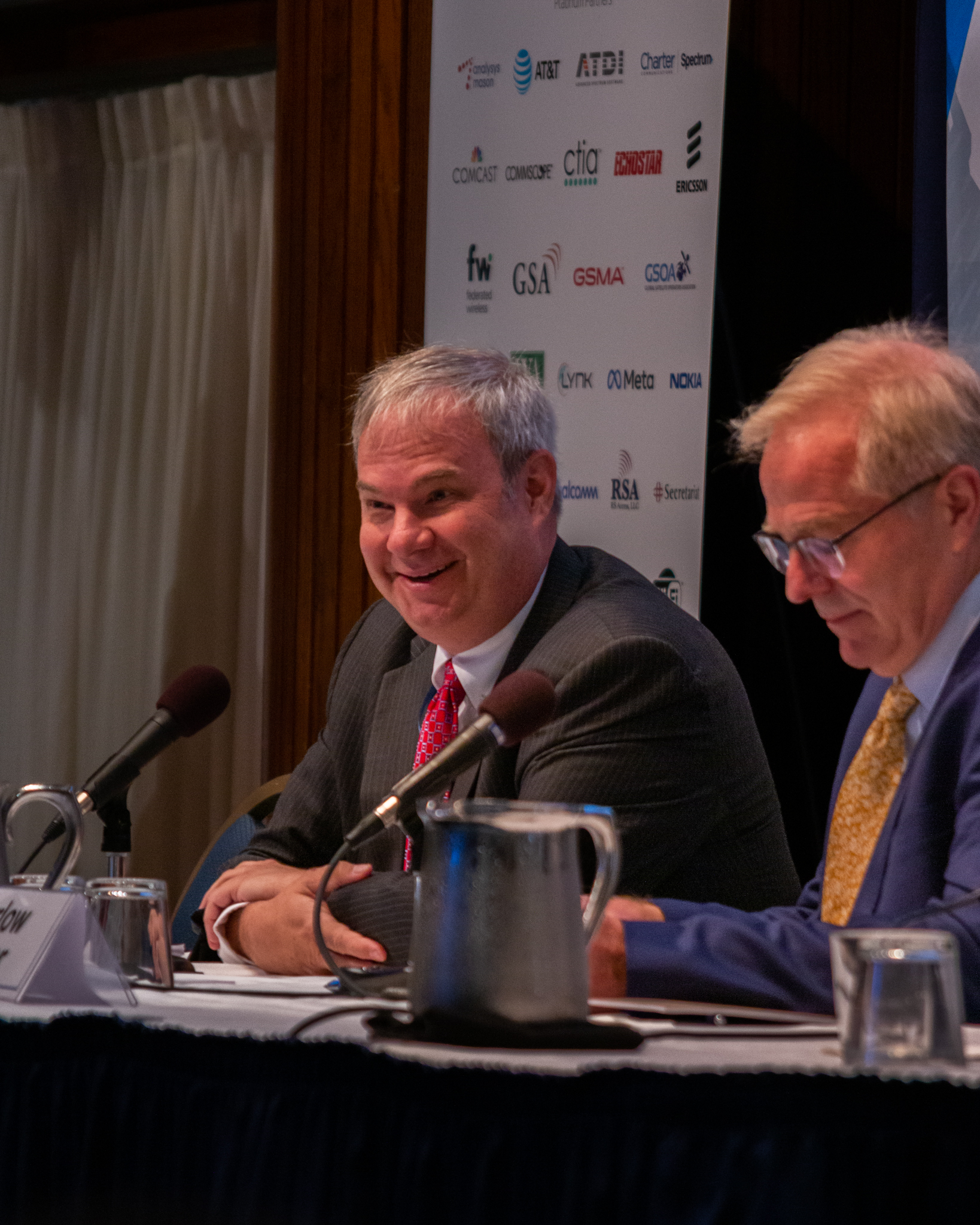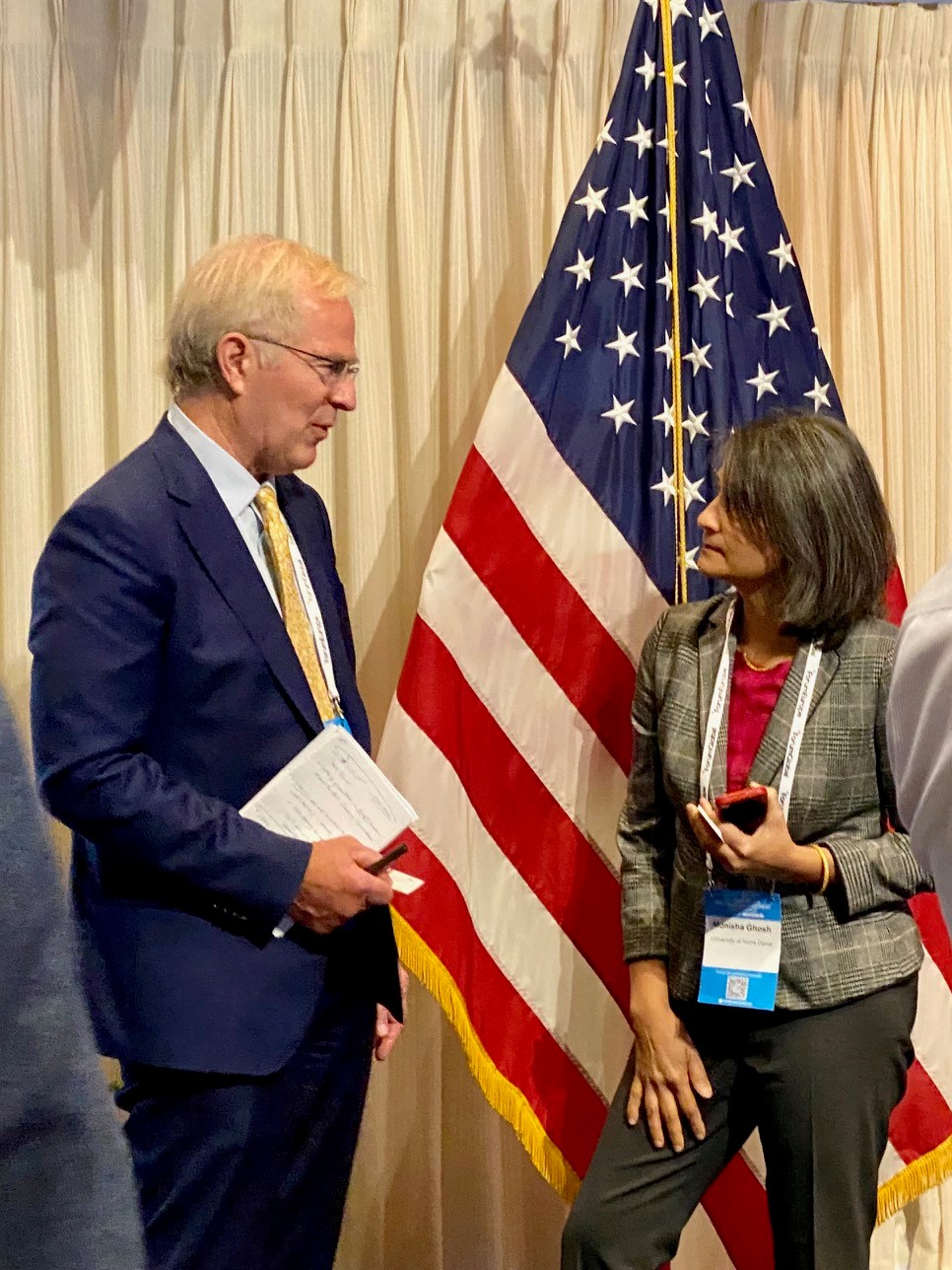Barlow Keener, Marty Stern and Bob Silverman Represent Womble Bond Dickinson at the Americas Spectrum Management Conference
Oct 12 2022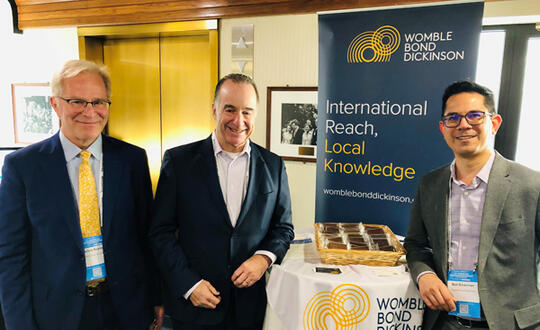
Womble Bond Dickinson attorney Barlow Keener moderated a panel discussion titled “Avoiding Harmful Interference: Are Current Interference Standards and Protection Sufficient in the 5G Era?" at the 11th Americas Spectrum Management Conference. Presented by ForumGlobal, the conference took place Oct. 11-12 in Washington, D.C. Womble Bond Dickinson attorneys Marty Stern and Bob Silverman also represented the firm at the event.
The recent debate regarding potential interference between 5G operators in the C-band and altimeters has raised the profile more broadly of interference avoidance, and the current standards and protection that are in place to protect users. With 5G rollout continuing and the increased focus on spectrum sharing and unlicensed models meaning that bands are increasingly being occupied by more than one technology type, the need for a robust and reliable interference avoidance framework is greater today than ever before.
This session explored the framework and processes that are in place to govern interference avoidance and management, and the extent to which they are still appropriate in the fast-evolving ecosystem that is seen today. The panel discussed the possible regulation of technical specifications for radio receivers that is being explored by the FCC, and more broadly at the work that is being done to ensure the protection of spectrum users and services everywhere. Specific questions addressed included:
Womble Bond Dickinson was a Gold Partner in presenting the 11th Americas Spectrum Management Conference.
